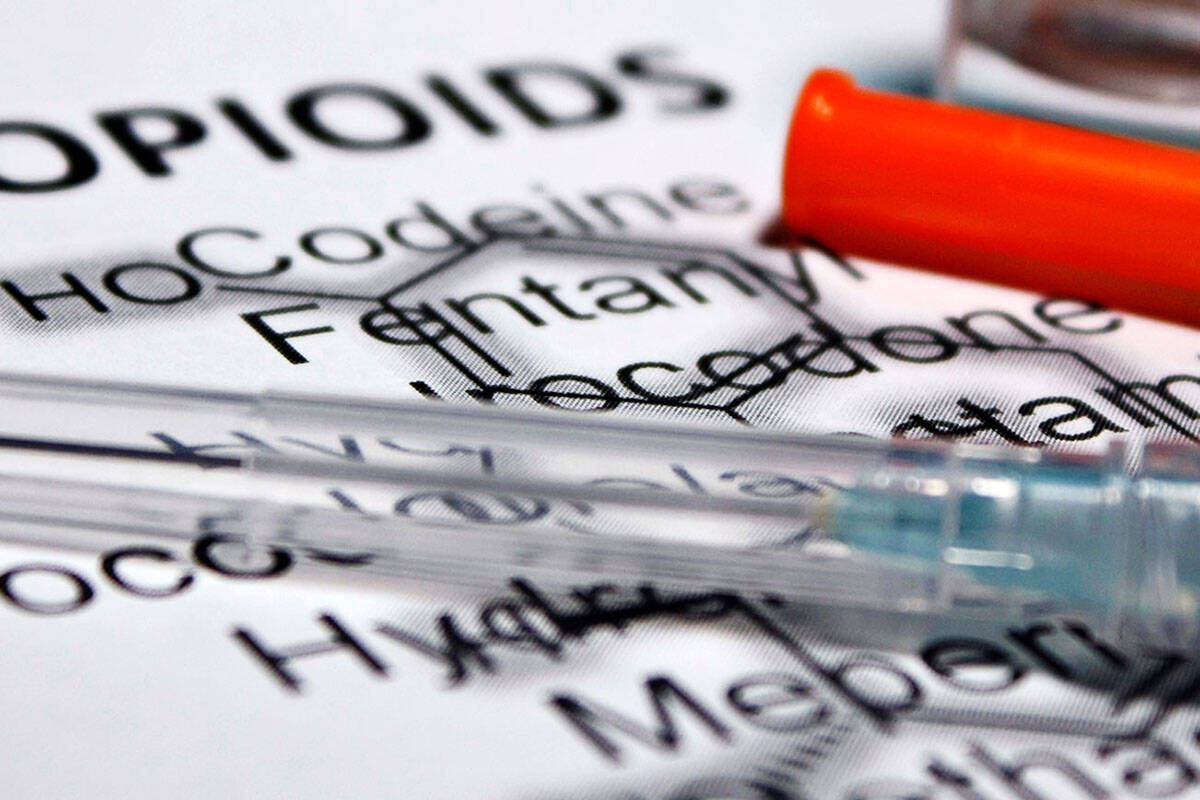Alaska saw a significant increase in drug mortality from 2020 to 2021, the state health department reported last week.
Statewide, there were 253 drug overdose deaths in 2021, a stark increase from 146 in 2020, according to the 2021 Drug Overdose Mortality Update released on July 25 by the Alaska Division of Public Health’s Analytics and Vital Records Section and Office of Substance Misuse and Addiction Prevention.
The update is published annually and collects data relating to deaths from overdose in the state. The update includes which drugs are causing deaths, in which combinations, in which areas, and who is overdosing.
According to the report, Alaska had the largest percent increase in overdose deaths of any state. The statewide mortality rate in 2021 was 35.2 deaths for every 100,000 residents.
The Gulf Coast region, which includes the Kenai Peninsula as well as Kodiak Island and the Chugach census area, saw 30 deaths from drug overdoses in 2021. This is up from only 12 in 2020. The mortality rate in the region is 40.2, significantly higher than the statewide average. The Gulf Coast region has the second highest mortality rate of the six regions in the state, behind only Anchorage.
Findings presented in the 2021 Drug Overdose Mortality Update indicate that the majority of drug overdose deaths in the state involve opioids. The majority of drug overdose deaths in the state also involve two or more drugs.
Fentanyl and methamphetamine overdoses showed the largest increases year over year in overdoses, while overdoses by cocaine and benzodiazepine have decreased. Fentanyl was implicated in the majority of opioid deaths in 2021.
When overdose rates are examined based on various demographics, the highest risk groups for overdose deaths are men, young adults and Alaska Native people.
The 2021 Drug Overdose Mortality Update closes with strategies for reducing the increase of mortality rates in the state. These strategies are rooted in prevention, treatment and recovery.
To prevent drug overdose deaths, the Department of Health proposes educating the public, monitoring prescriptions and increasing awareness of mental health issues. Treatment can be improved by increasing access through options like telehealth, improving training for health care professionals, and diversifying the workforce to improve cultural competence, the agency said.
Recovery options described included expanding opportunities for people in recovery to find employment and housing, as well as sustaining intensive support.

